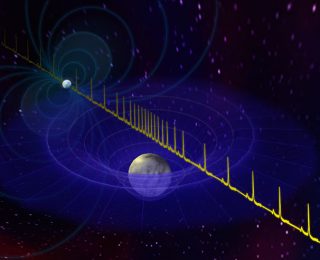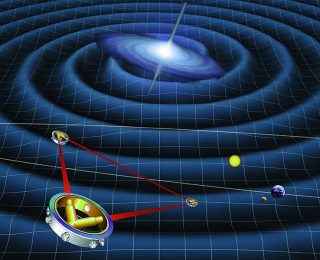
MIT PhysGAAP: Here to help with your physics graduate school application
MIT’s PhysGAAP Program pairs PhD applicants with grad student mentors, and provides resources for navigating the grad school application process. Apply by Nov. 11th!

MIT’s PhysGAAP Program pairs PhD applicants with grad student mentors, and provides resources for navigating the grad school application process. Apply by Nov. 11th!

MIT’s PhysGAAP Program pairs PhD applicants with grad student mentors, and provides resources for navigating the grad school application process. Apply by Nov. 6th!

Ever wondered what a neutron star would look like up close? Here is your answer!

The next glitch on pulsar J0537-6910 can be predicted to within a few days.

We can use forewarnings from future space-based detector LISA to improve LIGO detections.